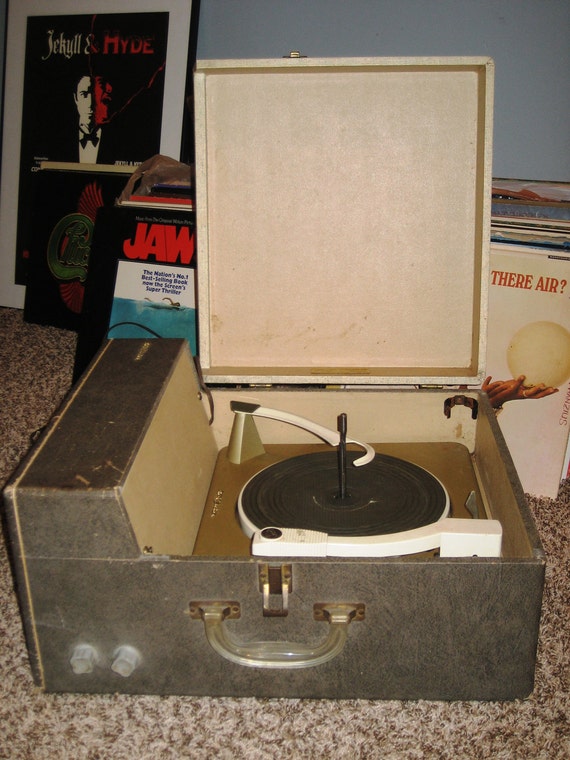

In 1938, Macon, a favorite performer in the Southern states who had appeared on WSM’s Grand Ole Opry since its start in 1925, published a book of his songs and stories, fittingly titled Songs and Stories of Uncle Dave Macon. This time around, let us turn our attention to thirteen years later, at the height of the Great Depression, and the height of his fame. The last time we heard from the famed “Dixie Dewdrop”, Uncle Dave Macon, it was with two of his earliest recordings. This is a work-in-progress document.‘Uncle Dave Macon, the Dixie Dewdrop, King of the Hillbillies, and Star of WSM’s Grand Ole Opry!’ Photograph and original caption from Songs and Stories of Uncle Dave Macon, 1938.

Therefore there might be another letter or two. I have a lot of pictures and do not know if they will all post on one posting. John Vasso was employed by RCA and also designed there first TV and several radios. They were made after 1935 under several configurations and colors designed by John Vasso. I could not find any information on the RCA special order machines as far as diagrams, manuals, or parts list in checking the service manuals from 1932 thru 1946. Prior to world war two the colors consisted mostly of 50% black, 35% blue and 15% tan or brown. Most of the portables were made by either Birch or the Conley Camera Co. I have one unidentified model at the end. I have tried to include all known models but I am sure a couple more will appear. com, Steve’s antique technology, Worth point, Pine crest, George Paul, Mulholland Press, and APS. I would like to thank OrthoFan, Radio museum, American radio history. This is a history of RCA Victor portable phonographs produced after Victor Victrola was bought out by RCA in 1929.


 0 kommentar(er)
0 kommentar(er)
